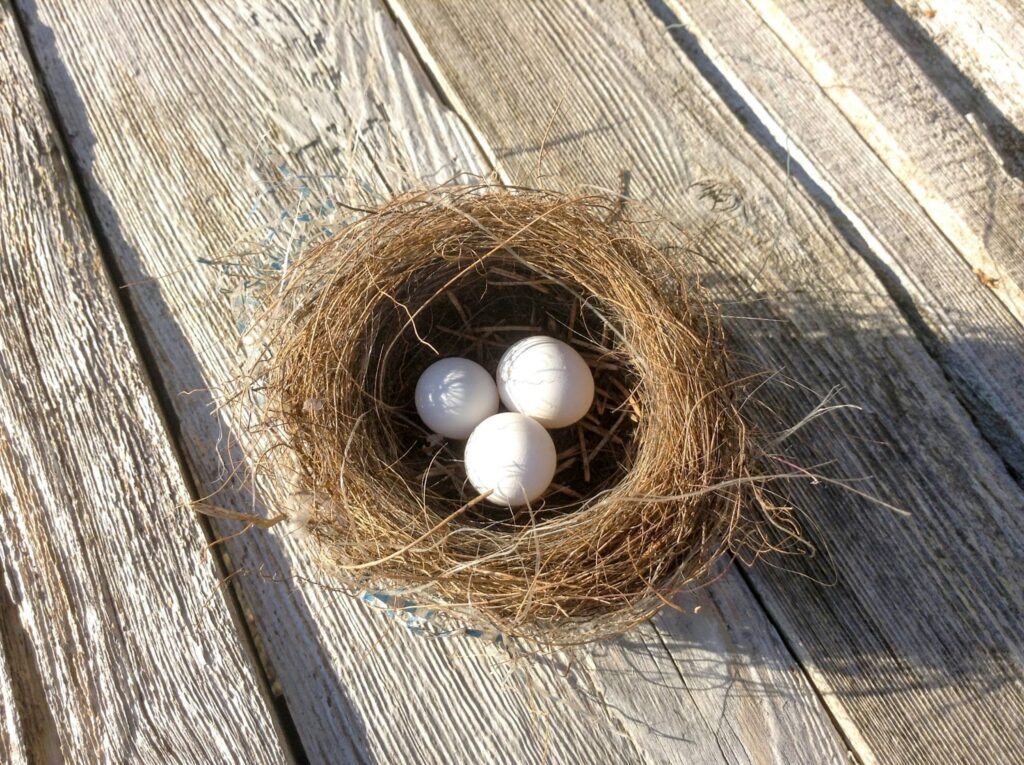The Hornet’s Nest: A Closer Look at an Intriguing Insect Colony
Hornet’s, often feared for their aggressive behavior and painful stings, are fascinating creatures with complex social structures and important ecological roles. This article delves into the world of hornet nests, exploring their construction, inhabitants, behavior, and the potential risks and benefits they pose to humans.
Understanding Hornet Nests
Hornet nests are intricate structures built from a papery material that the insects produce by chewing wood fibers and mixing them with saliva. This material is then molded into honeycomb-like cells that serve as nurseries for larvae and storage chambers for food.
Types of Hornet Nests:
Aerial nests: These are the most common type, suspended from tree branches or other elevated structures.
Ground nests: Some species, such as the European paper wasp, build their nests underground in cavities or abandoned burrows.

Nest Structure:
Outer envelope: A protective layer that shields the nest from the elements and predators.
Inner honeycomb: A series of hexagonal cells where larvae are reared and food is stored.
Entrance: A small opening that allows hornets to enter and exit the nest.
Hornet Society: A Complex Hierarchy
Hornets are social insects that live in colonies led by a queen. The queen is responsible for laying eggs, while the worker hornets, all females, perform tasks such as foraging for food, building the nest, and caring for the young. Male hornets, known as drones, have only one role: mating with the queen.
Queen Hornet:
The sole reproductive member of the colony.
Lays thousands of eggs throughout the summer.
Oversees the activities of the worker hornets.
Worker Hornets:
Perform various tasks within the colony, including foraging, nest building, and brood care.
Are sterile females that cannot reproduce.
Drone Hornets:
Male hornets that mate with the queen.
Do not contribute to the colony’s work.
Hornet Behavior: A Mix of Aggression and Cooperation
Hornets are known for their aggressive behavior, particularly when their nests are threatened. They can sting multiple times, and their venom is potent. However, they are generally peaceful and will only attack if they feel provoked.
Defensive Behavior:
Hornets will defend their nests vigorously if they perceive a threat.
They may fly in a swarm to deter potential predators or intruders.
Cooperative Behavior:
Hornets work together to build and maintain their nests.
They share food and care for the young.
The Ecological Importance of Hornets
Hornets play an important role in the ecosystem by preying on other insects, such as flies, caterpillars, and spiders. They also help to pollinate plants as they forage for nectar and pollen.
Pest Control:
Hornets can help to control populations of harmful insects.
Pollination:
Hornets contribute to the pollination of various plant species.
The Risks and Benefits of Hornet Nests
While hornet’s nests can be beneficial for the environment, they can also pose a risk to humans. If a hornet nest is located in a high-traffic area, it may be necessary to remove it to prevent accidental encounters.
Potential Risks:
Hornet stings can be painful and may cause allergic reactions in some people.
Hornet nests can be a nuisance if they are located near human activity.
Benefits:
Hornets can help to control pest populations.
They contribute to the pollination of plants.
Preventing and Removing Hornet Nests
If you have a hornet nest on your property, it is best to leave it alone unless it poses a safety hazard. However, if you need to remove it, it is important to do so safely and effectively.
Prevention:
Seal up any cracks or holes in your home or building to prevent hornets from entering.
Keep garbage and food scraps away from your property.
Use insect repellents to deter hornets.
Removal:
It is recommended to hire a professional pest control company to remove a hornet nest.
If you attempt to remove the nest yourself, wear protective clothing and avoid disturbing the hornets.
Hornet’s are fascinating creatures with complex social structures and important ecological roles. While they can be aggressive when threatened, they are generally peaceful and beneficial to the environment. By understanding hornet behavior and taking appropriate precautions, you can coexist safely with these intriguing insects.
Frequently Asked Questions About Hornet Nests
What is the difference between a hornet’s nest and a wasp’s nest?
While both hornets and wasps build paper nests, there are some key differences. Hornet nests are typically larger, more rounded, and have a smoother surface. Wasp nests, on the other hand, are often smaller, more elongated, and have a more intricate pattern.
Are hornet nests dangerous?
Hornets can be aggressive if their nests are threatened, and their stings can be painful. However, they are generally peaceful and will only attack if they feel provoked. It’s best to avoid disturbing hornet nests, especially if you are allergic to insect venom.
How can I tell if there is a hornet’s nest near my home?
Hornet’s nests are usually found in sheltered places, such as tree branches, eaves, or under roofs. You may also notice hornets flying in and out of a small opening.
In the event that a hornet’s nest is discovered on my land, what should I do?
If the hornet’s nest is not located in a high-traffic area, it is best to leave it alone. However, if it poses a safety hazard, you should contact a professional pest control company to remove it.
Conclusion
Hornets, often feared for their aggressive behavior and painful stings, are fascinating creatures with intricate social structures and important ecological roles. Their nests, constructed from a papery material, provide a home for thousands of individuals, including a queen, worker hornets, and drones. Despite their potential risks, hornets play a vital role in the ecosystem by controlling pest populations and pollinating plants. By understanding their behavior and taking appropriate precautions, we can coexist safely with these intriguing insects.
To read more, click here.














Post Comment